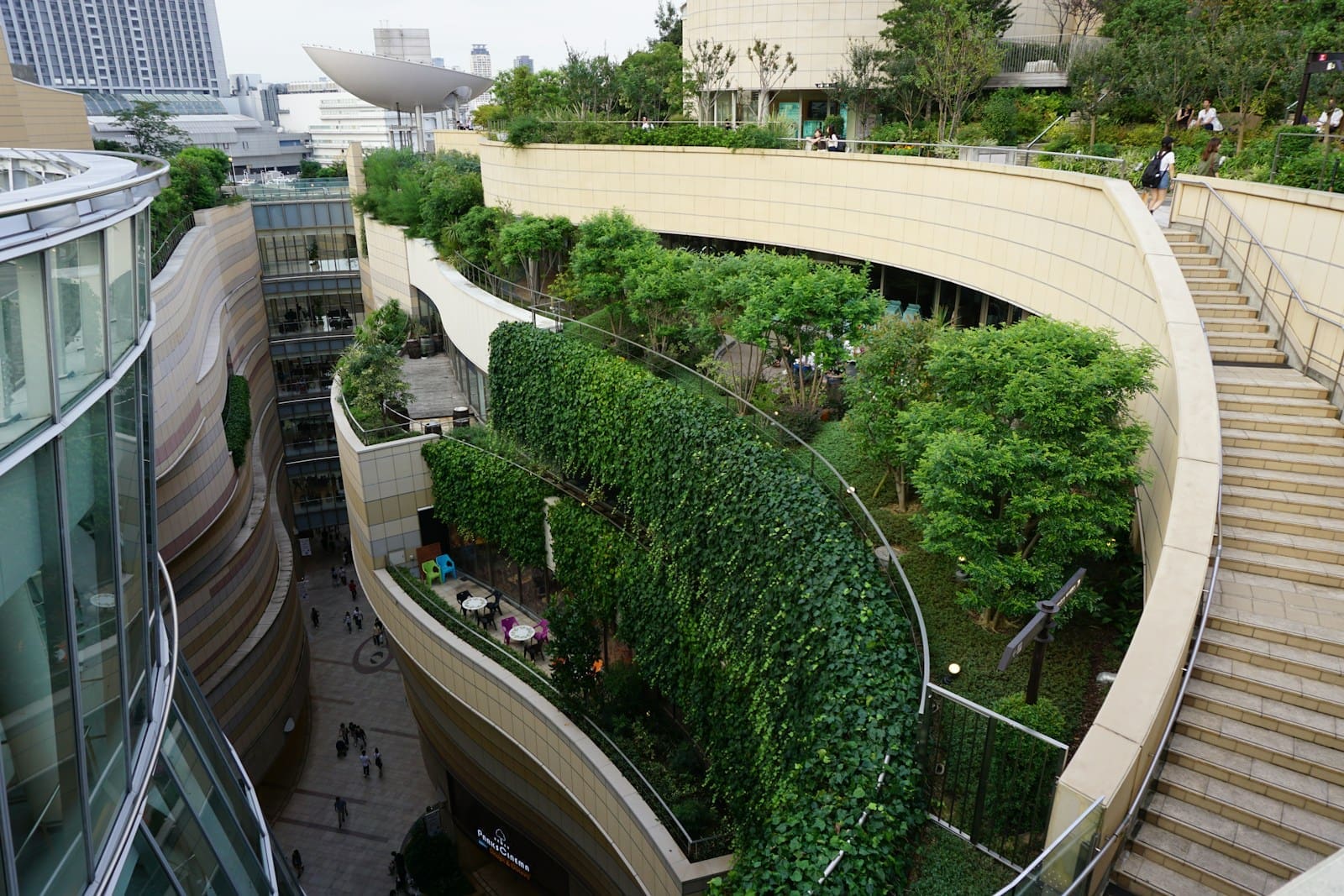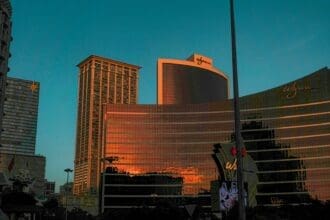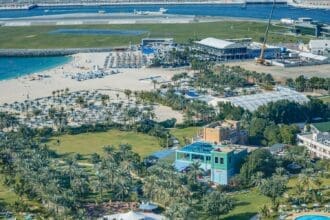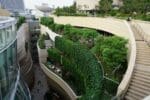The global real estate landscape is undergoing a quiet yet fundamental transformation. The concept of “wellness” has evolved from a niche amenity into a primary driver of value in the sector. This isn’t a short-term fad but a deep, post-pandemic shift in the priorities of homebuyers and investors, reshaping the market before our eyes. Dubai, a market renowned for its rapid adoption of global trends, is becoming a key battleground for this new asset class.
Content
But what exactly is behind this phenomenon, and does it represent a genuine opportunity for investors? A data-driven analysis reveals an exceptionally compelling picture.
The Global Wellness Economy: More Than a Trend, an Economic Force
To comprehend the scale of the opportunity, we must first look at the bigger picture. Wellness real estate is merely the tip of the iceberg of a colossal global industry. According to the authoritative Global Wellness Institute (GWI), the “wellness economy”- encompassing all industries that enable consumers to integrate health into their daily lives- reached a record value of $5.6 trillion in 2022.
The forecasts are even more striking: the market is projected to grow by another 52% to reach $8.5 trillion by 2027. This projected annual growth rate of 8.6% significantly outpaces forecasted global GDP growth (5.1% as per the IMF), proving that wellness is a sector capturing an increasing share of global economic activity. Its scale now surpasses many established mega-industries, including IT, sports, and pharmaceuticals.
Wellness Real Estate: The Star Performer
Within this expansive economy, one sector stands out for its explosive growth: wellness real estate. The GWI defines it as the construction of homes and buildings that are proactively designed and built to support the holistic health of their residents. The pandemic acted as a powerful catalyst, radically accelerating the understanding that our physical environment plays a critical role in our mental and physical health.
The data speaks for itself. By 2022, the wellness real estate market had already grown to 177% of its 2019, pre-pandemic size. GWI forecasts that this sector will be the number one growth leader through 2027, expanding at an astonishing projected annual rate of 17.4%. This trajectory is expected to more than double the market’s size, from $398 billion in 2022 to a projected $887.5 billion by 2027. This transforms the sector from a niche luxury concept into a mainstream development principle, creating a distinct and highly lucrative asset class.
Dubai and the MENA Region: An Epicenter of Growth
While the wellness boom is a global phenomenon, certain regions are exhibiting particularly strong growth. GWI’s regional analysis for 2019-2023 identifies the Middle East-North Africa (MENA) region as one of the top three global performers in post-pandemic market growth. This strong regional performance, combined with the government’s strategic focus on well-being, makes the emirate a magnet for investors exploring how to buy a property in Dubai. The city is not just participating in the trend; it is positioning itself as one of its leading growth centers.
The “Wellness Premium”: What’s the Price of Health Per Square Meter?
The fundamental investment thesis behind wellness real estate is that properties designed to enhance health can command a tangible financial premium over conventional buildings. This proposition is supported by research from reputable global consultancies. An analysis by Knight Frank confirms that the focus on the mental and physical well-being of occupants has become a key selling point.
According to Ekkist, a consultancy specializing in wellness design, research shows a price premium of 10% to 15% is common, with the potential to be as high as 55% in certain cases. This fact provides a solid financial rationale, confirming that “wellness” is not just a marketing label but a value-driving feature that can lead to higher returns. Understanding these mechanics is crucial when evaluating off-plan property investments, as new projects increasingly incorporate such concepts.
In conclusion, the data is unequivocal: wellness real estate is not a fleeting fad but a durable, long-term shift in societal values, where health is increasingly viewed as the ultimate luxury. For savvy investors, this is not just hype; it’s an opportunity to align with one of the fastest-growing sectors in the world.
You might also like:
- How to find a good tenant: the step-by-step process
- The best neighbourhoods in Barcelona for investment: the Top 5 for 2025
- Airbnb in Greece: The New Rules and Taxes for 2025 That Every Owner Must Know
This post is also available in: Български







